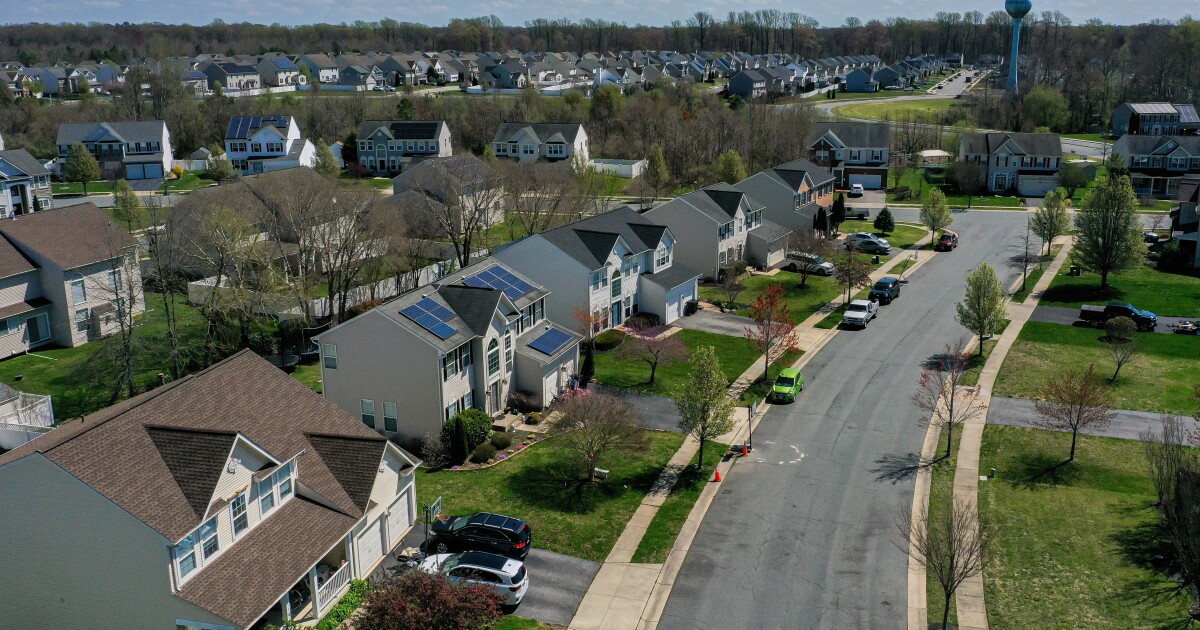
Mortgage rates continued their climb in the wake of the Federal Open Markets Committee September reduction in the Fed Funds Rate, with another meeting and likely cut on the horizon.
The 30-year fixed-rate mortgage averaged 6.72% as of Oct. 31, up 18 basis points from last week's 6.54%, the Freddie Mac Primary Mortgage Market Survey reported. But rates remained lower than
Additionally, the 15-year FRM reached 5.99%,
This marked five consecutive increases and pushed mortgage rates to their highest level since August, Freddie Mac Chief Economist Sam Khater said.
"With several potential inflection points happening over the next week, including the jobs report, the 2024 election, and the Federal Reserve interest rate decision, we can expect mortgage rates to remain volatile," Khater said in a press release. "Although uncertainty will remain, it does appear mortgage rates are cresting, and we do not expect them to reach the highs that we saw earlier this year."
Zillow's rate tracker is at 6.43% as of 11 a.m. Thursday morning, down by 1 basis point from the previous day, but 10 basis points higher than the previous week's average.
At that same time, the 10-year Treasury yield, one of the benchmarks for pricing 30-year mortgages, was at 4.32%, its highest level since July 9.
"Despite easing inflation, surprisingly strong economic data caused Treasury yields and the mortgage rates that shadow them to continue to climb," Orphe Divounguy, senior economist for Zillow Home Loans, said in a Wednesday evening statement. "What we saw in the data was strong income growth, which supports consumer spending."
The statement came out before
That metric, considered by observers to be the Federal Reserve's favorite, rose 2.1% year-over-year in September, down from 2.3% in August.
Speaking about the rising 10-year and 2-year Treasury yields, "The growing consensus for the higher rates is that the overall economy and consumer spending are stronger than generally expected, and the Fed will feel pressure to slow the pace of rate cuts to keep the lid on a possible reigniting inflation," investment banker Louis Navellier commented.
In a comment following Wednesday's
Bob Broeksmit, the MBA's president and CEO in a Thursday morning comment
But in the immediate aftermath of the September 50 basis point reduction, mortgage rates have been on the rise.
That is not likely to change after the November cut, if it were to occur, a blog post on WalletHub said.
"Despite easing inflation, surprisingly strong economic data caused Treasury yields and the mortgage rates that shadow them to continue to climb," the post authored by WalletHub editor John Kiernan said. "What we saw in the data was strong income growth, which supports consumer spending."
First American Deputy Chief Economist Odeta Kushi also opined on rate movements going forward.
"The outlook for mortgage rates will depend on incoming labor market and inflation data, along with any signals from the Fed about future rate cuts," Kushi said in a statement after



